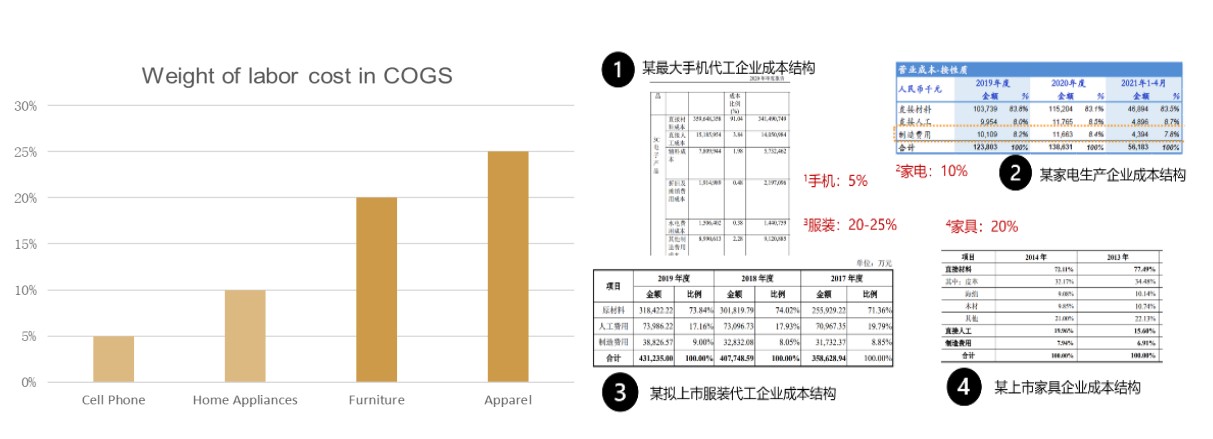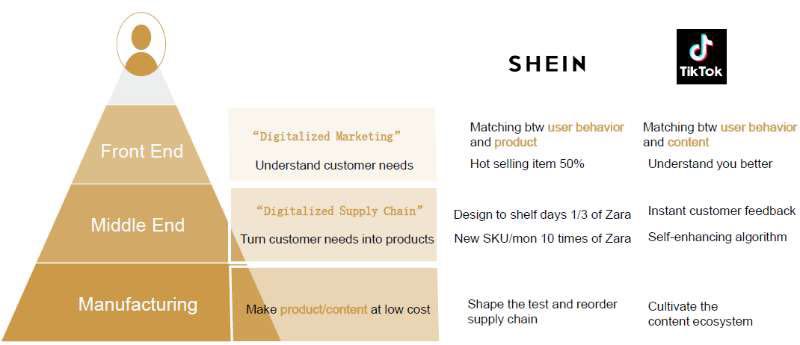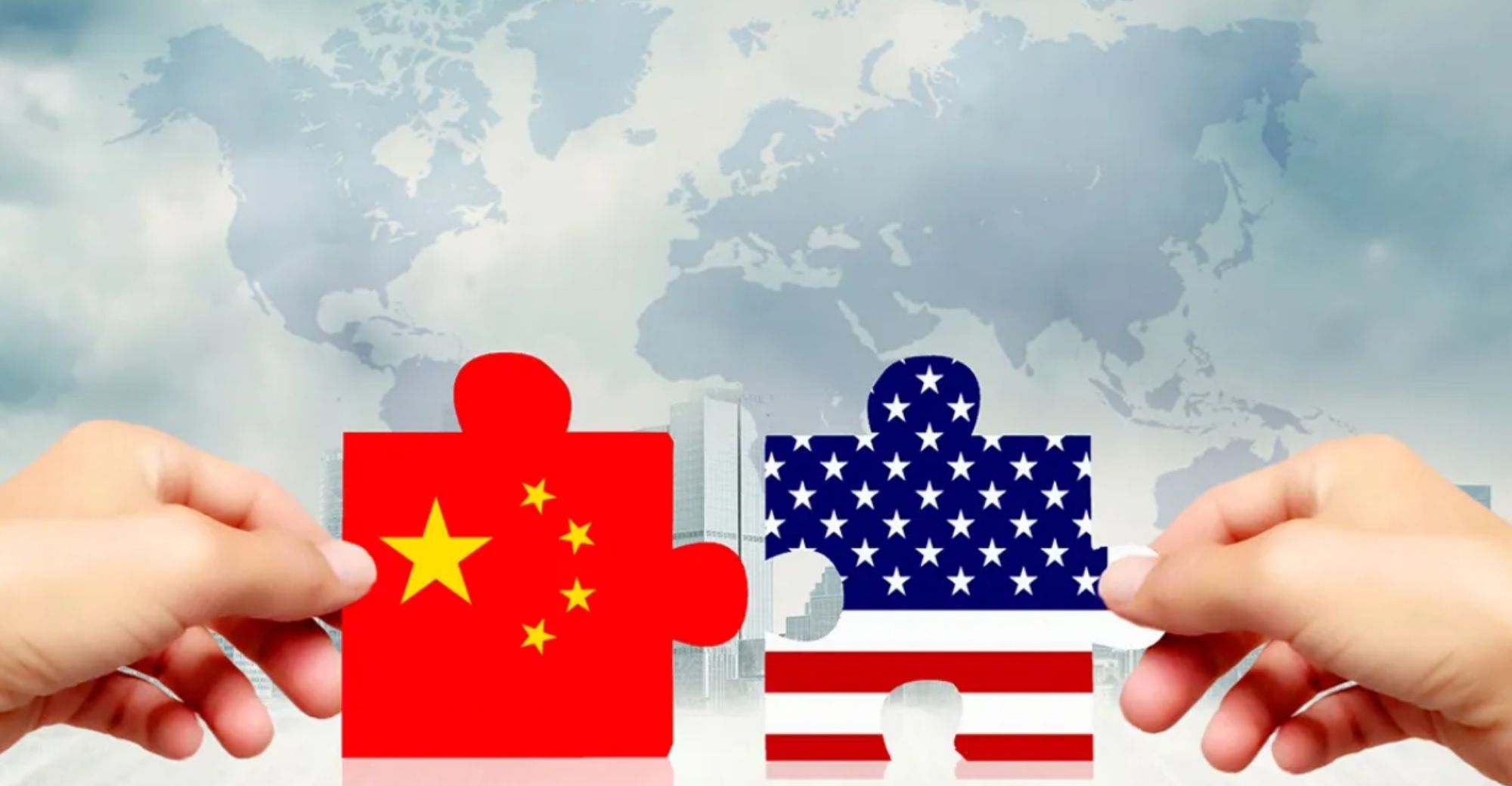How Long Could China Maintain Its Leadership Position as World Factory?
Skyline Ventures is an emerging venture capital firm based in China. Started by James Liang, a more than 10 years VC veteran who worked for Sequoia Capital China and other investment firms, Skyline Ventures is committed to discovering and investing in cutting edge China innovations and bringing them to the world.
Industry Visits: Two Scenes Have Been Reoccurring in My Mind
In the first half of 2021, after visiting a number of different factories for consumer electronics, home appliances, furniture and apparel in Guangdong Province, the questions pondering in my mind for months were finally answered. After working in the venture capital (VC) industry for ten years, I decided to start my own venture capital firm Skyline Ventures.
My question was: Is China-focused outbound investment as the theme for our first Fund solid enough? How long could China maintain its supply chain advantage?
I had the chance to visit Indonesia, Vietnam, India and middle east in 2018 and 2019. I was somehow making comparisons unconsciously. When visiting the factories, two scenes really impressed me. The first was at a garment processing factory. It was 9 pm in the evening and all the lights were still on. Everybody was working and there is a separate room where the boss’s relative was working there. And in the room, I saw three children: a little girl was playing with a smartphone besides her; another girl, who was obviously a student, was doing her homework while the same time looking after a baby sleeping in the cart near her.

The other one occurred at a garment washing factory in the towns of Xintang and Mayong in Guangdong province. The boss received us at the reception room close to the entrance of the factory at 10 pm in the evening and made tea for us. When we apologized for arriving at late in the evening, he replied flatly that he was on duty every day until 1 am and suggested us to do our visit at ease.
These two scenes have been reoccurring in my mind. From them I got a deeper understanding of the underlying drive of China’s manufacturing industries. These experiences also convinced me that the globalization of China’s supply chain has great potential.
But beyond perception, could we calculate how long could China maintain its supply chain advantage by math?
Doing the Math: How Long Could China Maintain Its Supply Chain Advantage
Let’s do some math to answer this question.
Firstly, how long could China maintain its supply chain advantage? If there are no other incidents, China’s supply chain advantage will last at least another 20 years. According to the World Bank:
- China’s manufacturing value added in 2019 was $3.8 trillion, accounting for 27% of the world, followed by $2.3 trillion of the United States, which is 57% that of China; and the third was Japan with $1 trillion. The manufacturing value added of India, the closest competitor as mid to low-end manufacturing products provider, was $383 billion, representing only 10% of China’s; and that of Indonesia was $221 billion, 6% of China’s.
- In 2020, China’s manufacturing value added remained at $3.8 trillion, but those of India and Indonesia declined, and India only garnered 9% of China’s total. In 2021, China reached $4.86 trillion (partially due to the appreciation of the RMB), though the totals for India are not yet available, the estimate could be somewhere around 8% of China. If the manufacturing value added of India grows at 110% relative to China (eg, China’s number stands still and India’s grows at 10%), it’ll take them 26 years (1.1^26=12) to catch up with that of China. And we know that for the past three years that of China was growing faster than India.

- China’s exports of goods and services also ranked NO.1 at $2.7 trillion in 2020, followed by the United States at $2.1 trillion. Considering that China mainly exports middle to low-end products, while US exports products with higher value and unit price (such as semiconductor chips), China’s dominance on general products exports is explicit. India’s export value in 2020 was $496.5 billion, or 18% of China’s. It will take India 18 years (1.1^18=5.55) to catch up with China if it grows at 110% relative to China and 11 years to reach 50% of the export value of China.
- The exports value of China here does not include the $612.6 billion exported by Hong Kong, which actually should be included. And this number alone is larger than that of India.

With Digitalization, SHEIN Changes the Nature of Fast Fashion
Second, how long will China be able to maintain its position as the leading cross-border ecommerce provider for products & content? With digitalization boosting China’s supply chain strength, China will be able to maintain its leadership position even longer.

As illustrated above, we studied 4 different sectors: cell phones, home appliances, furniture, and apparel; and compared an important indicator of them: the weight of labor cost in COGS. Citing the data provided by the largest OEMs and company prospectuses, among these sectors labor cost weigh least for cell phone as they only account for 5% of total COGS, for home appliances a little higher at 10%; for furniture 20%; and 20-25% for Apparel.
Apparel is apparently the sector with highest labor cost and lowest technology element. On one hand, companies like Shenzhou International, one of the biggest apparel makers based in China and the OEM partner of Nike, Adidas and Uni Qlo, moved its manufacturing operations to Cambodia and Vietnam to reduce costs; on the other hand, fast fashion rising star SHEIN, which completely relies on China’s supply chain, has been growing tremendously to more than $15 billion GMV in 2021.
Then how does that happen?

Let’s do another quick calculation. According to company fundraising documents, the gross margin of SHEIN is between 65-70%, in other words, COGS accounts for 30-35% of revenue, so labor cost accounts for 30-35%*25%=8-9% of the company’s revenue. Assuming that the labor cost/efficiency of India or Vietnam is half that of China, then moving manufacturing to India or Vietnam would have a cost advantage of 4 to 4.5%. But in contrast, marketing expense accounts for 18-28% of revenue, and fulfillment accounts for 30-35%.
Therefore, SHEIN’s competition edge as a leading fast fashion ecommerce lies in its digitalization capability instead of its labor costs.
The company uses digitalized sales & marketing to understand customer needs resulting in >50% accuracy in predicting hot selling items. It digitally organizes all parties involved in the supply chain to turn customer needs into products at highest efficiency. To give an example, SHEIN could introduce >10X new SKUs in a month compared to a company like Zara while the average cost would be less than 2/3 of Zara’s. With its digitalization SHEIN has changed the nature of the game.

Should China’s advantage in digitalization continue, China would continue to lead cross-border ecommerce on the global stage. What’s behind this digitization? It’s an “Engineer bonus”. China has 75 million engineers, compared to 21 million engineers in the US. Moreover, the cost of Chinese engineers is far lower than in the US, but the average working hours are longer. Over the past few years, China’s leading mobile Internet companies such as Tencent, Alibaba, Meituan, Pinduoduo and ByteDance, have accumulated knowhow in internet products and operations, enabling their Chinese teams to lead in application-level innovation and operation efficiency worldwide.
SEE ALSO: Is SHEIN’s Indie Designer Program an Ethical Alternative to Copying?
Where Is the Way out under the China US Tension?
Some might ask, under the tension between China and the US, will US-led western world suppress products and content from China from being distributed to the west?
Under the current global system, the United States is the leader in technological innovation, the rule maker of global trade, and the controller of the global financial system. China is the manufacturer, assembler and distributor of most general products. The role of China as a general product provider (but not on the cutting-edge) does not challenge the US’s leadership. The Chinese government is also supporting exports as an important lever to boost the economy.
But What if in extreme case that tension results in an escalated and complete trade war between China and the West? For example TikTok and SHEIN be banned in the West?
Trading is a rational behavior based on the mutual interest of business parties. Trade sanctions only add costs for both parties.
What if the West wants to decouple with China even at cost? Then it comes back to the question above, where does the world find an alternative to China as the most efficient provider of general products? We have calculated that the nearest rival India will need another 20 years to catch up with China in exports, though even this is based on the idea that both China and India continue to export to the West. If China is excluded, to replace that huge supply gap will only take longer.
Not only India, but Indonesia and Mexico are also looking to transfer China’s manufacturing. The US has been calling for manufacturing sector comeback for years. There are a lot of factors contributing to the competitiveness of the manufacturing sector, including political environment, investment, infrastructure (electricity and water supply, logistics), industrial chain width and depth, technological innovation, and the quantity and quality of available workers. These factors together will decide how the manufacturing sector landscape will evolve over the next 20 years.
Among all of these factors there is still one important attribute (though not the only) that the Chinese worker and business owner have: the drive to succeed and the diligence to make it happen. And that to me is vital.
The business fundamentals are clear enough, but what is the future of these companies?
Hopefully TikTok and SHEIN will set examples on how a business that originated from China evolves into an international company that takes root and flourishes in the US and elsewhere. And I think that the US, as the most innovative and vibrant country in the world, would welcome to see that.






